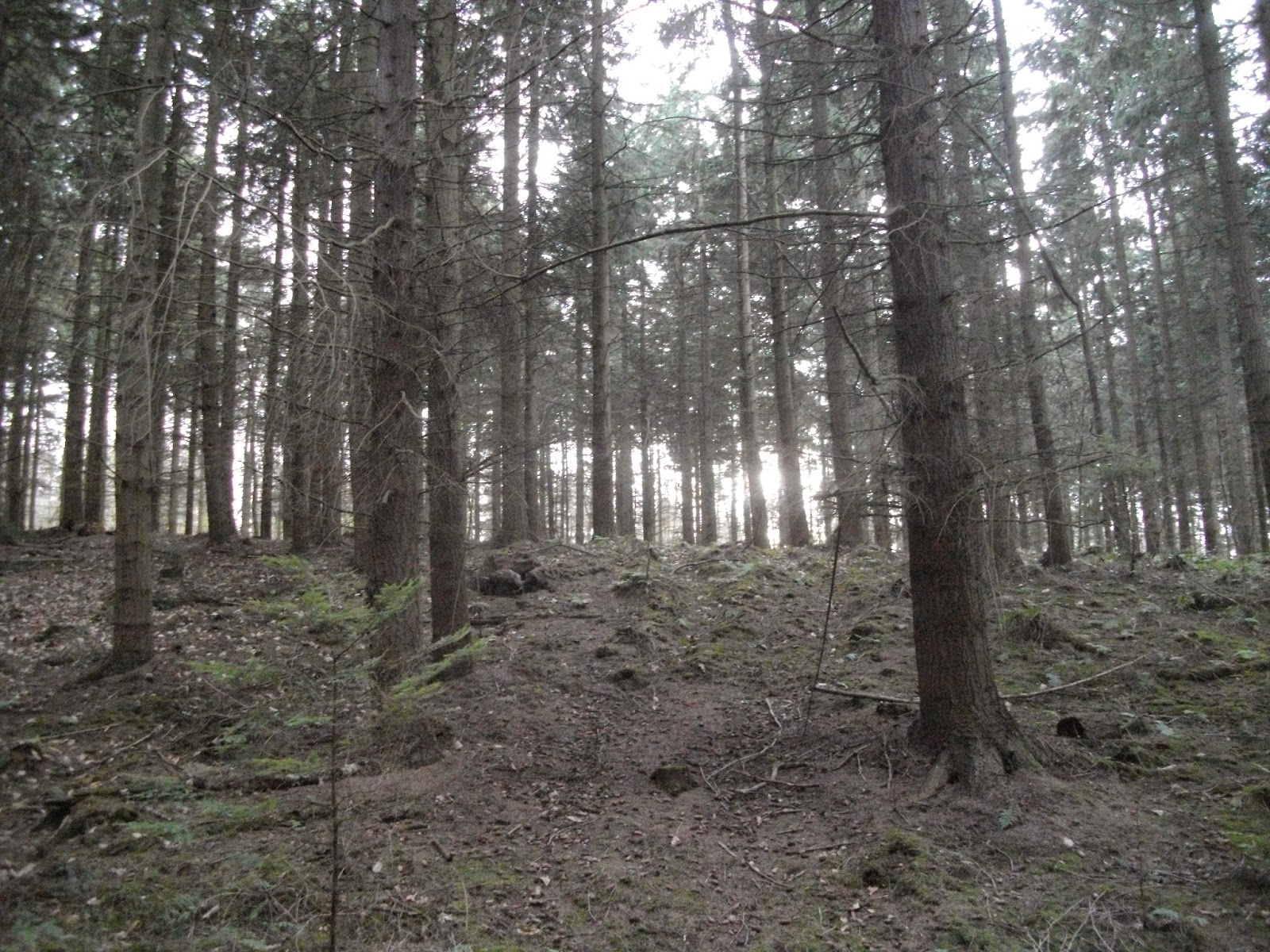During 2014 I came up with a list of 30 target species that I wanted to see. By the end of the year I had managed 12 of the 30. As well as the enjoyment of seeing species that in some cases I had wanted to see for years, it also ensured that I visited some different places, so I have decided to set myself a target list for this year too. Two things that became apparent from 2014 were that 30 species was too many to aim for, and that having birds on the list was rather pointless (most of the birds I would like to see are difficult to predict where and when they will occur, and I'd go to see them regardless of whether they were on the list). So for 2015 I have come up with 20 species, 12 carried over from 2014 and eight 'new' ones.
My 2015 Targets:
Mammals
1)
Barbastelle Bat (Carried over from 2014) - I tried to see these at Paston Barn but without success. Norwich Bat Group did see some at a wood south of Norwich, so that is another option.
2) Yellow-necked Mouse (Carried over from 2014) - To see these I'll need to attend a small-mammal trapping event at a site that has them - Seen at Wheatfen
3)
Harbour Porpoise (New) - I have seen a dead one, and some distant fins on a Sheringham seawatch that were probably Harbour Porpoises, but it would be nice to see an unequivical one.
Amphibians
4)
Natterjack Toad (New) - I've wanted to see Natterjacks for a while, maybe this is the year!
Butterflies
5) Marbled White (Carried over from 2014) - I had hoped to see these at Devil's Dyke last year but didn't get round to going - Seen at Devil's Dyke
(If any Yellow-legged Tortoiseshells successfully overwintered I'd like to see those too)
Dragonflies
(I didn't see Lesser Emperor at Filby in 2014 - if any are seen again here or Felbrigg I'd like to see one) - Lesser Emperor seen at Ormesby Little Broad
Moths
6)
Hornet Moth (Carried over from 2014) - I hope to find a fairly local site for these.
7) Scorched Wing Moth (Carried over from 2014) - Seen at Mannington Hall
Other insects
8) Rhododendron Leafhopper (New) - Very little eats Rhododendrons, but these do and they look cool. Present at Sheringham Park, maybe also places like Holt CP? (Update - I have been told they occur at Hoveton Hall Gardens, so that sounds like a good bet, provided they are open to the public at the time the leafhoppers are out). See here: http://www.britishbugs.org.uk/homoptera/Cicadellidae/Graphocephala_fennahi.html - Seen at Sheringham Park and Somerleyton Hall
9) A Mining Bee sp. (New) - These banded bees are often quite specific to a single plant. Scabious Mining Bee occurs at Earlham Cemetery, whilst Sea Aster Mining Bee is locally common along the North Norfolk coast and Ivy Bee spread to Norfolk last year. - Scabious Mining Bee seen at Earlham Cemetery
10) A new Shieldbug sp. (New) - I haven't seen that many, so this should be fairly simple. Bishop's Mitre Shieldbug (http://www.britishbugs.org.uk/heteroptera/Pentatomidae/aelia_acuminata.html) or Juniper Shieldbug (http://www.britishbugs.org.uk/heteroptera/Acanthosomatidae/cyphostethus_tristriatus.html) would be good. - Bronze Shieldbug seen at Whitlingham, Forget-me-not Shieldbug seen in Norwich.
Fungi
11)
Hoof Fungus (New) - Spreading into Norfolk, present at several sites including Deringham Bog.
12)
One of the red Waxcap sp. (New) - Either Scarlet or Crimson Waxcap would be nice.
13)
Fluted Bird's Nest Fungus (New) - Having seen Common & Field Bird's Nests I'd very much like to see this one. I don't know of any seen in the past few years in Norfolk though (
http://en.wikipedia.org/wiki/Cyathus_striatus)
Ferns
14)
Narrow Buckler Fern (Carried over from 2014) - BSBI maps suggest these occur close to Norwich so I may just need to work on my fern ID!
Orchids
15) Frog Orchid (Carried over from 2014) - I had hoped to get to Wink's Meadow last year but didn't get time - Seen at Wink's Meadow.
16) Lizard Orchid (Carried over from 2014) - seen in Norfolk.
Other flowering plants
17)
Purple Broomrape (Carried over from 2014) - Present in north-east Norfolk, although I failed to find it near Overstrand several years ago.
18)
Chaffweed (Carried over from 2014) - Only present at one site in Norfolk, I didn't get round to visiting last year.
19)
Any Breckland Speedwell sp (Carried over from 2014) - We visited a site for two of these last year but were in slightly the wrong place - I have some proper directions this time!
20)
Maiden Pink (Carried over from 2014) - One of loads of Breckland plants I've never seen.
So there we are, the 20 (plus two possible extras) species that I hope to track down this year in between the Whitlingham visits and birding. Incidentally my Whitlingham all-species list is currently just over 810 species, so I hope to push that towards the 850 mark too.





















